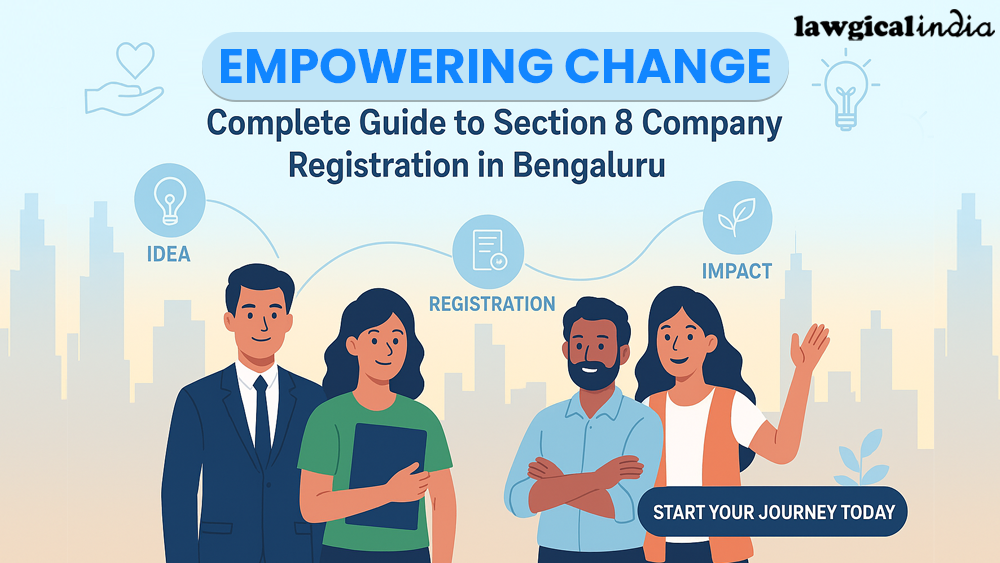Microfinance loans are a vital part of the lives of millions of people around the world. This type of lending helps people in a variety of ways. Firstly by providing them with access to capital that they wouldn't normally be able to obtain. Then by helping them start their businesses and by helping them to improve their lives. Microfinance loans are also particularly important in India, where they make up a large part of the economy. We will discuss the platforms and processes for providing microfinance loans in India here.
What are microfinance loans?
Microfinance loans are a type of credit that provide small businesses and entrepreneurs in developing countries with the capital they need to start or expand their businesses. They are typically low-cost and short-term. The repayment period is of one to three years. The interest rate on microfinance loans is generally above the market rate. And the loan limit is usually lower than other types of loans.
One of the key points to consider when opting for a microfinance loan is the regulatory framework in place, as this will determine the price of the loan and the limitations on repayment.
Regulatory Framework for Microfinance Loans, 2022
The Microfinance Regulatory Authority of India (MRAI) has issued a proposed framework for micro-financing loans. It came into effect on 1 January 2022. The revised regulation aims to improve the regulatory framework and protect both borrowers and lenders while promoting innovation in the sector. Highlights of the new proposals include:
- MRAI registration is required for all microfinance institutions. This would ensure transparency and accountability among MFIs, as well as protect consumers from rogue or fraudulent operators.
- NMFCs should play an important role in monitoring lending activities. For example, they would have access to standardized analytical tools and information about borrowers, lending products offered by MFIs, repayment behaviour of customers, etc.
- MFIs must provide more information about their fees. This will help borrowers understand what they are paying for and promote financial literacy.
- There is a grievance redressal mechanism. Borrowers can escalate any issues related to their loans directly to MRAI for investigation.
- Lenders must disclose all terms associated with a loan agreement upfront. This includes interest rates charged along with other fees, such as early repayment penalties.
- Millions of people in developing countries have gained access to financial products and services through microfinance loans. The regulatory framework for microfinance loans will continue to evolve to better meet the requirements of borrowers and lenders.
The key points to keep in mind when considering a microfinance bank loan
A regulatory framework is being put in place as the world becomes more well-informed about the potential of microfinance loans. Microfinance bank loans are not meant for high-risk borrowers. And should only be used for short-term financial needs. The following are a few key points:
Price of the loan
The price of a microfinance bank loan can vary depending on several factors, including region, lender type (commercial or nonprofit), and product offered. Most loans, however, have an annual interest rate plus fees, which result in an overall cost over time. Interest rates for commercial lenders tend to be higher than for nonprofit lenders due to their greater access to funds and better credit history ratings.
Loan repayment
First and foremost, make sure that you can repay the loan. This means having a realistic budget and understanding how much money you will need to take out each month to pay off the principal and interest on your loan.
Payment schedules also vary from one lender to another; however, most loans offer flexible terms that allow borrowers to survive difficult times or financial emergencies by making payments throughout the year rather than just at one point in time. Finally, APR (annual percentage rate) will depend on how much debt you take on. If you borrow money for a longer period, you may be charged lower interest rates. Short-term debts, such as payday loans, usually have high interest rates.
When considering a microfinance loan, your credit score will be one of the factors that are considered. This is because a high credit score shows that you are capable of paying back debts and maintaining a good payment history. A low credit score can lead to problems with securing loans in the future, so it is important to keep your credit rating up-to-date!
There are multiple ways to enhance your credit score, including paying off debt and remaining current on bills and payments. Additionally, make sure to thoroughly research any potential microfinance bank earlier applying for a loan, as this will help minimize risks.
Despite excellent repayment histories and strong business plans, borrowers report difficulties getting approved. Always consult with an expert or lender before making any decisions about whether or not to apply for a microfinance bank loan.
What are the recovery regulations for microfinance loans?
Recovering a microfinance bank loan is governed by several regulations.
To rectify any issues or collect any outstanding debt, the borrower should contact the lender immediately after the loan is repaid. If negotiations fail or the debtor refuses to cooperate, then legal action may be needed.
In most cases, lenders will work with local authorities who can seize assets related to the debt, such as property, savings accounts, cars, etcetera.
This process can often be very lengthy and traumatic. So you must select an experienced attorney to take legal action against your former borrower.
Microfinance loans play an important role in the lives of many people in India. Offering citizens access to affordable financial services. The risks associated with them are similar to those associated with any other form of lending. Above are a few key platforms and processes related to microfinance loans in India. You'll be better equipped to decide whether or not a microfinance loan is right for you by understanding these components. Stay tuned for more updates!











